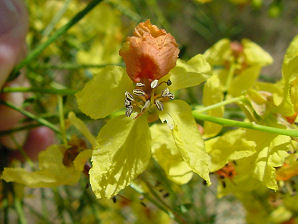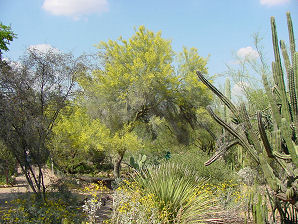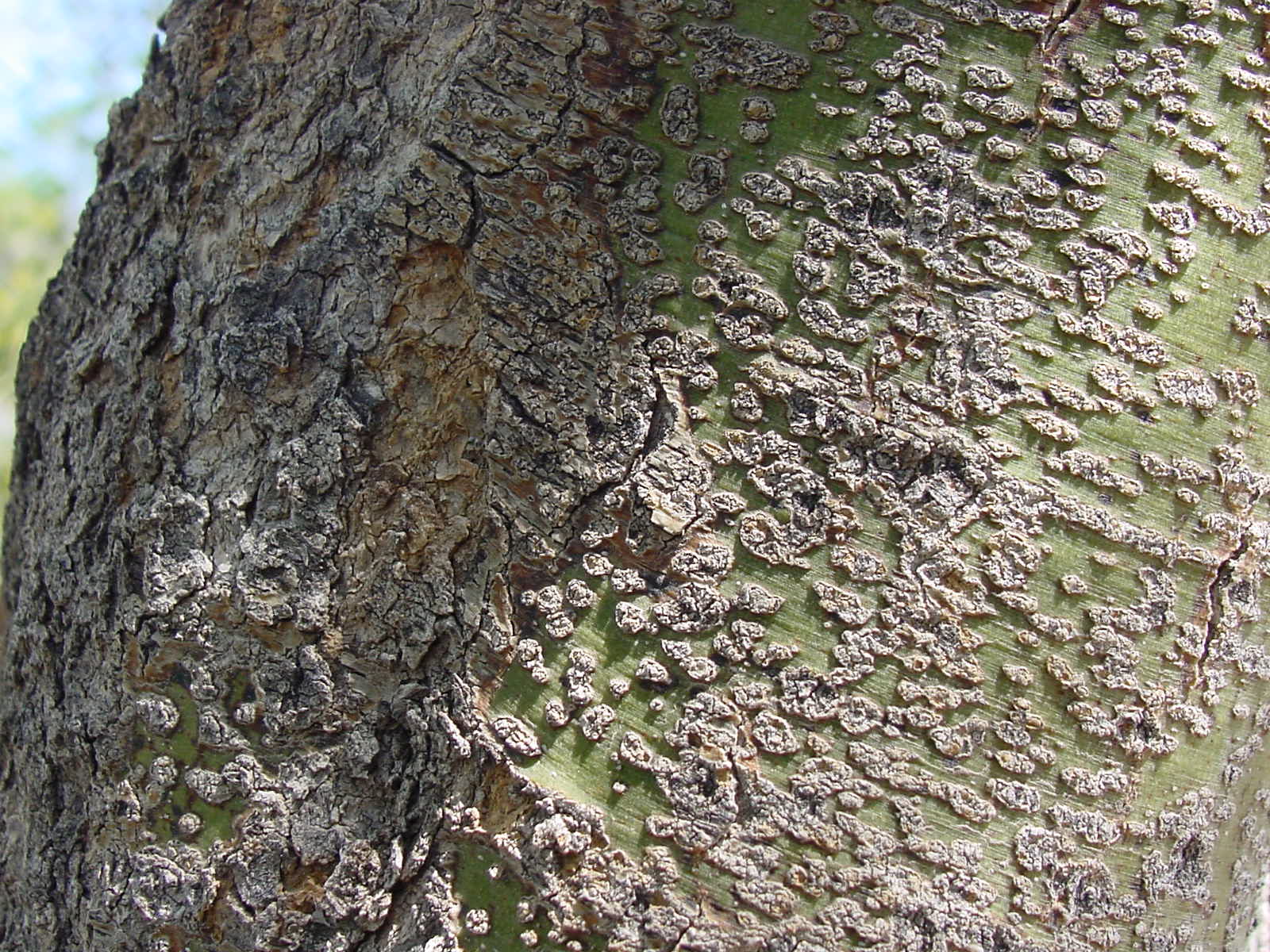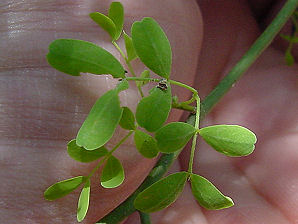Arizona Wild Flowers
Pictures, Photos, Images
Descriptions, Information, Reviews.
Blue Palo Verde
Parkinsonia (Cercidium) floridum.
We Are Proud Of Our SafeSurf Rating!
Click On Any Of The Following Links By Amazon.Com
For Books, & Videos About Wildflowers Of Arizona & The Southwest USA. No Obligation!
 |
| Blue Palo Verde Parkinsonia (Cercidium) floridum, Grows Near Washes, Photo Taken April 09, 2003. At Glendale, Arizona - Thunderbird Park. |
|---|
 |  |
| Blue Palo Verde Flower Bright Yellow, No White Petal (Banner) Is A Distinguishing Feature! | Foothill Palo Verde Flower Light Yellow & White Petal (Banner) Is A Distinguishing Feature! |
|---|---|
 |  |
| Mexican Palo Verde Flower The Red-Orange Petal (Banner) Is A Distinguishing Feature! | Blue Palo Verde Trees Parkinsonia Cercidium floridum Are Bright Yellow In Bloom |
 |  |
| During Spring Flowering Season There Is Almost A Total Absence Of Leaves | This Absence Of leaves Helps To Conserve Water |
 |  |
| Blue Palo Verde Green Bark With Scars | Older Trunk Has Many Gray Scars On It. |
 |  |
| Blue Palo Verde Have A Short Thorn Beneath The Leaf Stems | Blue Verde Leaves Bipinnately Compound With One To Three Pair Of Elliptical Leaflets Seen Here! |
 /
/

Blue Palo Verde.
We wish to thank Wikipedia, the free encyclopedia for some of the information on this page. We share images and information with Wikipedia. An Arizona native desert tree with a spectacular bright yellow spring bloom and light green trunks. The blue Palo Verde is thought to have arrived in Arizona approximately 4,240 years ago, according to pack-rat midden evidence. Blue palo verde is a drought deciduous tree, up to 30 feet tall, with a short trunk; and smooth buish-green bark. it normally is leafless, or it has temporary bipinnate leaves, 0.4 to 0.8 inch long, 1 pair of pinnae, and 1 to 3 pairs of leaflets The Blue palo Verde needs more water than the Foothill Palo Verde and is normally restricted to washes and other areas closer to water. Blue Palo Verde usually blooms about two weeks before Foothills Palo Verde. It also is the largest of the Palo Verde. Humans have also relied on the seeds for food; crops are abundant in most years. The O�odham preferred to eat the green seeds or pods; young seeds are tender and taste much like fresh peas. The Seri ate the fresh green seeds and also toasted, ground, and ate the mature seeds in a gruel. They usually raided pack rat nests to obtain the mature pods, and then winnowed the seeds. Four species of palo verde grow in the Sonoran Desert and sometimes naturally hybridize. Its name means "green stick" in Spanish, referring to the green trunk in which the tree does photosynthesis. Official state tree of Arizona.
Quick Notes:
Height: Up to 25 - 30 feet tall. Tallest of the Palo Verdes. Can become about 20 to 25 feet wide.
Flowers: Bright yellow with five petals, pistils may be red - brown. 4 - 5 flowers in a cluster less than 2" long; covering the tree in spring, sometimes again in late summer.
Flowering Time: May - June.
Seed Pod: Seedpods 1 1/2-3 1/4" long; narrowly oblong, flat, thin pods; short-pointed at ends, yellowish-brown; maturing and falling in summer; 2-8 beanlike seeds. Seeds are dark red - brown.
Seeds: Smooth hard seeds are only slightly flattened with 2 to 7 found in each pod. Seeds are dark red - brown.
Stems/Trunks: About one foot in diameter. The branches and most of the main trunk are trunk and branches blue-green becoming Gray - Brown and scaly. There are spines beneath the leaves in blue palo verde, but not so with Foothill Palo Verde.
Leaves: Leaves are bipinnately compound, in pairs, about 1/2in long with leaflets of 1/4 to 1/8in; often leafless most of the year, normally each fork bearing 1-3 pairs of smooth, tiny leaflets, that are shed in early summer. This is in contrast to Foothills Palo Verde which usually has 4 or more tiny leaflets.
Found: Native to southern Arizona through northern Sinaloa, to Baja California, Mexico.
.
Hardiness:
Soil pH requirements:
Sun Exposure:
Elevation: 0 - 4,800 feet.
Habitat: Needs water so it is common to washes and is uncommon on rocky hillsides, mesas, and plains. However it is an ideal xeriscape landscape plant in Arizona.
Miscellaneous: Flowering Photos Taken May 3, 2005 At Phoenix, Arizona area. Found Statewide. Very common low water use landscaping plant in the Phoenix and Tucson areas.
|



We Are Proud Of Our SafeSurf Rating!
Click On Any Of The Following Links By Amazon.Com
For Books, & Videos About Xerioscape Plants Of Arizona & The Southwest USA. No Obligation!
Back To Arizona Wild Flowers Home Page.
Back To Arizona Wild Flowers, Yellow Flowers Page Four.
Back To Arizona Xeriscape Landscaping Main Page.
Back To Xeriscape Trees Page One.
Back To DeLange Home Page
© 1966 - Present, Audrey, Eve, & George DeLange
| © 1966 - Present, Audrey, Eve, & George DeLange |


